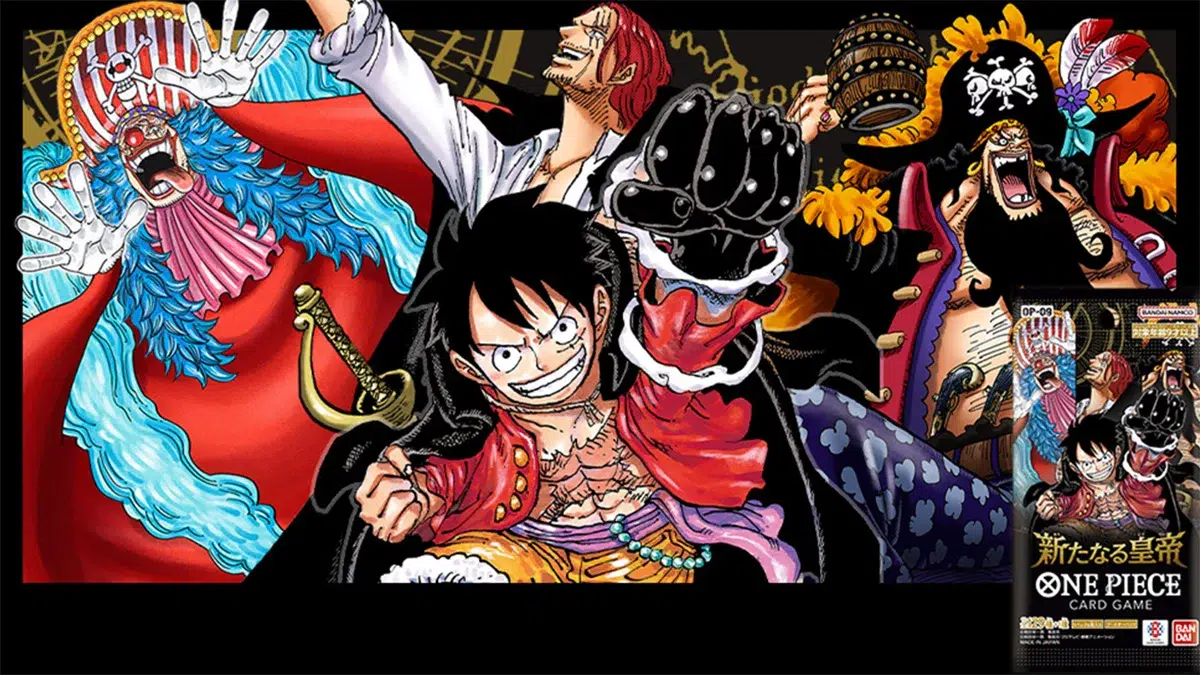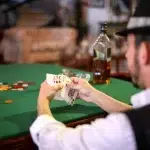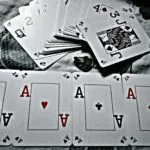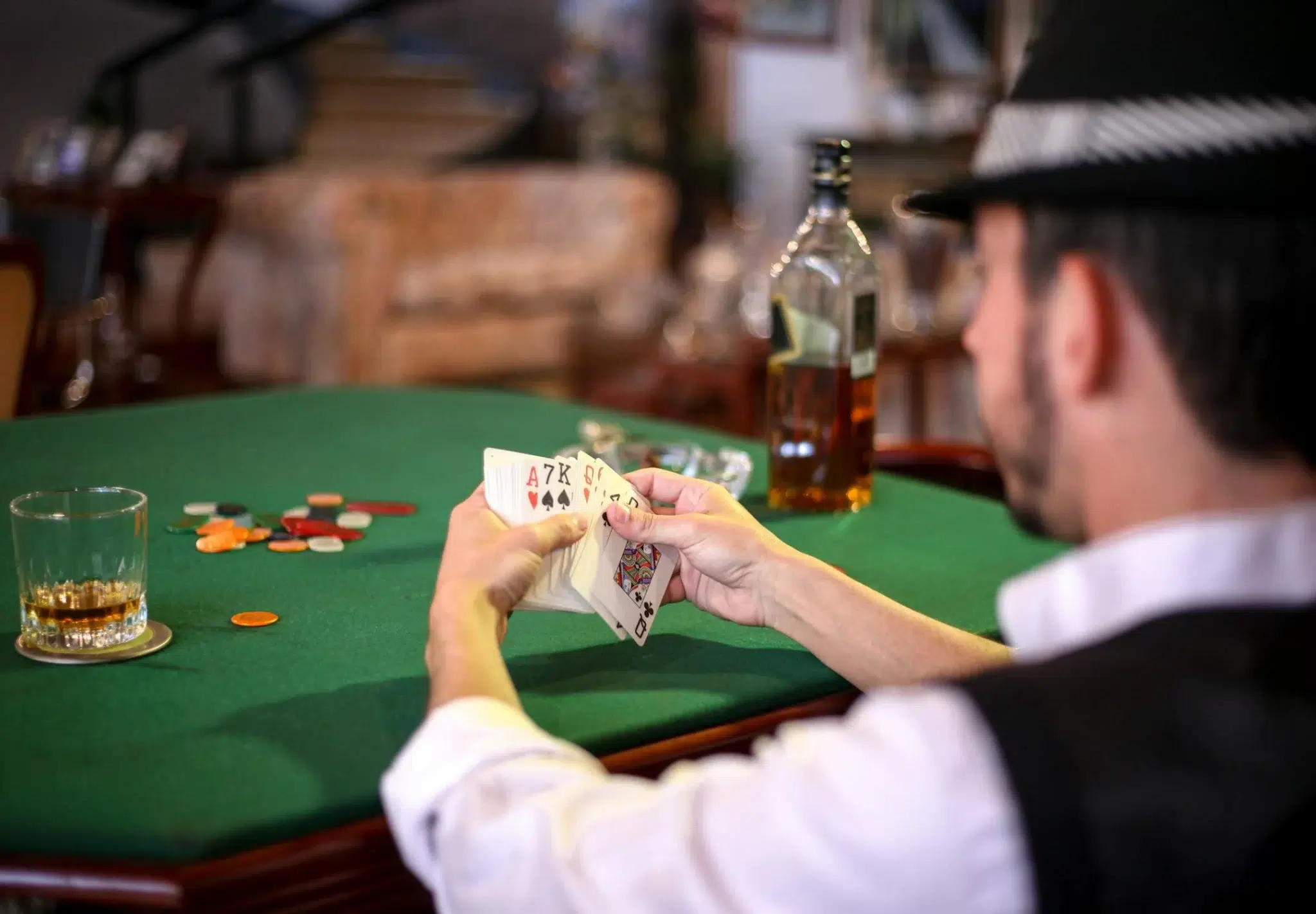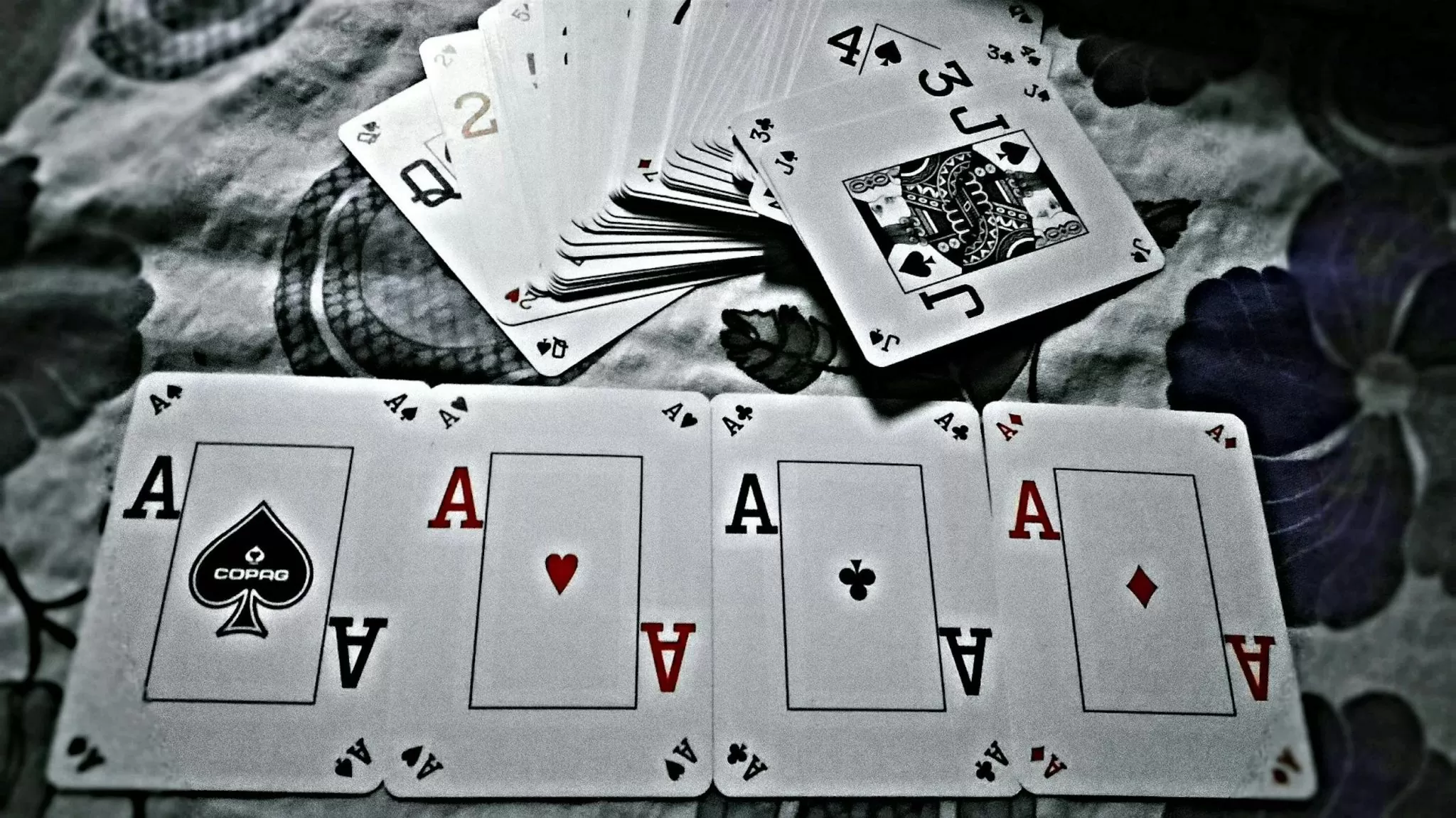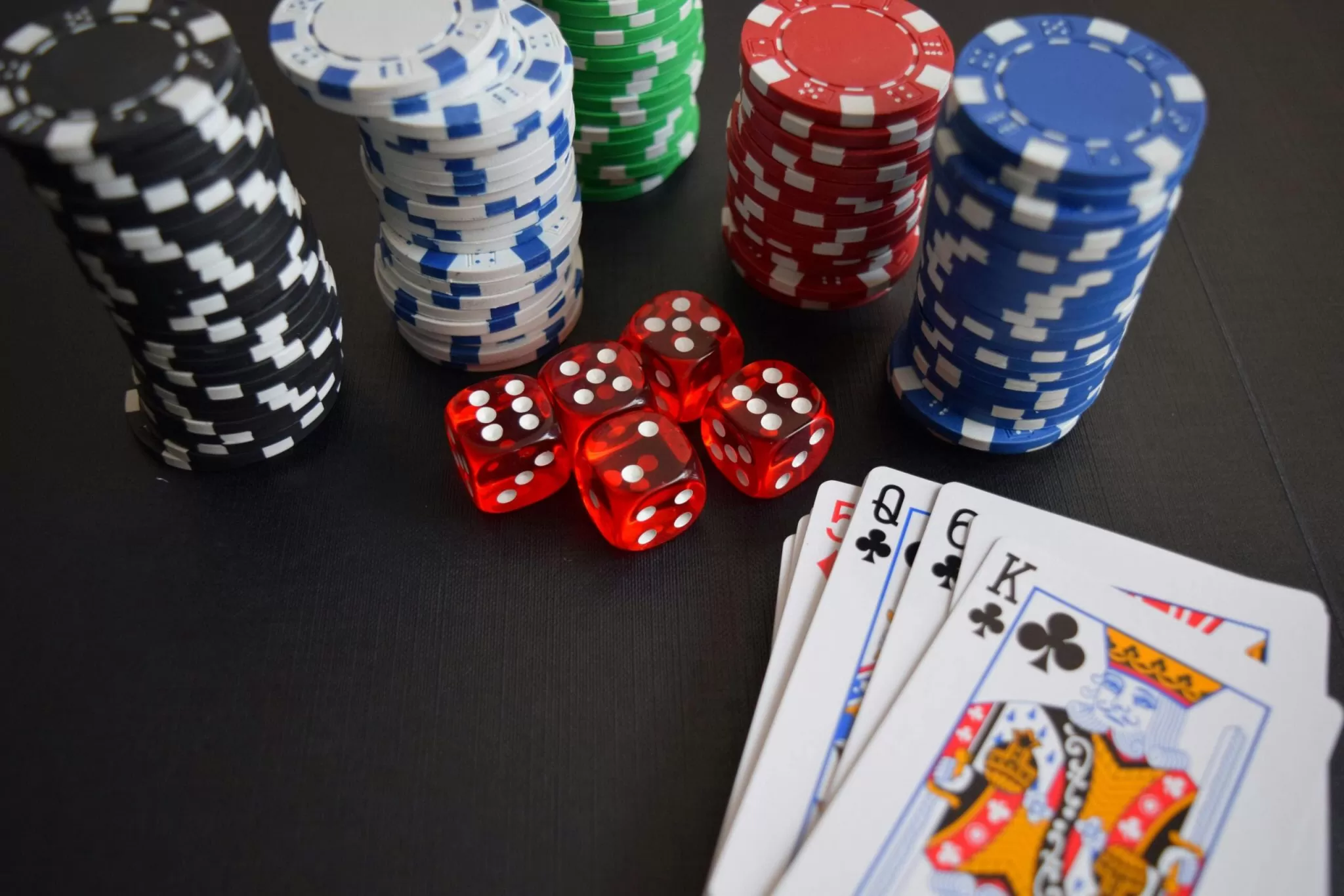Dive into the world of the One Piece card game
Fans of Luffy’s crew and card game enthusiasts, rejoice! The One Piece Card Game (OPCG) has established itself as one of the most popular TCGs (Trading Card Games) in recent years. Combining strategy, collecting, and immersion in the captivating universe created by Eiichiro Oda, this game offers a rich gaming experience that appeals to both novices and seasoned players.
Whether you’re just learning the basics of the game or looking to perfect your technique to dominate your opponents in tournaments, this article guides you step by step through the exciting world of the One Piece card game. From fundamental rules to advanced strategies, effective deck building, and current metagame trends, you’ll find everything you need to raise your flag to the top of the competition. Embark with us on this great adventure and discover how to turn your passion for One Piece into strategic victories on the playmat!
The Fundamentals of the One Piece Card Game
Overview and Required Materials
The One Piece Card Game, published by Bandai, is a competitive collectible card game featuring iconic characters, ships, and events from the manga and anime. To start playing, you will need the following:
A deck of 50 cards (+ 0 to 10 Leader cards)
- Life markers (usually dice or tokens)
- A playmat (optional but recommended)
- Card sleeves (to preserve the value of your cards)
- The richness of the One Piece game lies in its diversity: more than 1,000 different cards are available across the various expansions, allowing for almost infinite strategic combinations.
Understanding the Different Types of Cards
The game consists of several types of cards, each with its own specific role:
Leader Cards
- : Represent the main characters who lead your deck (such as Luffy, Zoro, or Kaido) Character Cards
- : Make up the majority of your deck and represent the fighters Event Cards
- : Single-use cards with special effects Gift Cards
- : Resources used to cover the cost of other cards Stadium Cards
- : Define the battle location with persistent effects Each card contains several essential pieces of information: Gift cost, power, attributes (color), special abilities, and trigger conditions.
Basic Rules to Get Started
The objective of the One Piece Card Game is simple: reduce your opponent’s life points to zero, or have more life points than them when their deck is exhausted. Here are the fundamental steps of a game:
Preparation
: Each player places their Leader card face up and shuffles their deck
- Initial Draw : Draw 5 cards to form your starting hand
- Game Turns : Alternate turns, consisting of several phases:
- Draw Phase Donation Phase (resource placement)
- Main Phase (playing cards)
- Combat Phase
- End Phase
- Resolution
- : The game ends when a player runs out of life points or can no longer draw cards.
- A typical turn lasts about 5 minutes, and a full game lasts between 15 and 30 minutes, making One Piece an accessible activity even with limited time. Mastering Advanced Game Strategies
Building a Powerful Deck
Deck building is the art of selecting the 50 cards that will make up your deck. This crucial step often determines the outcome of games before they even begin. Recommended structure for a balanced deck:
Card type
Recommended quantity
Main function
| Characters | 30-35 cards | Battle and activate effects |
|---|---|---|
| Events | 8-12 cards | Tactical Support and Surprise |
| Donation | 8-10 cards | Resources for playing other cards |
| Stadiums | 0-2 cards | Modify Game Conditions |
| To maximize effectiveness, focus on one or two main colors (red, blue, green, purple, or yellow) that determine your deck’s play style. | Popular Deck Archetypes | Several deck archetypes have emerged in the current metagame: |
Mugiwara Deck (Straw Hat Pirates)
: Based on the synergy between the members of Luffy’s crew, this deck emphasizes balance and versatility.
Emperor Deck (Yonko)
- : Centered around powerful characters like Kaido or Big Mom, it favors brute force and devastating effects. Marine Deck
- : Uses the cohesion of Marine characters to control the game and limit the opponent’s options. Combo Deck : Search for specific card combinations to trigger potentially devastating chain effects.
- Your choice of archetype will depend on your preferred play style—offensive or defensive—and the cards you have in your collection. Gameplay Techniques to Outplay Your Opponents
- To significantly improve your skill level, master these essential techniques: Resource Management
: Don’t spend all your Gifts immediately; save some to react to your opponent’s actions.
Effect Timing
: Learn when to trigger your abilities to maximize their impact.
- Reading Your Opponent : Observe their habits to anticipate their moves.
- Rush vs. Control : Adapt your pace of play to your deck and your opponent’s.
- Protect Your Leader : Your Leader is crucial; don’t expose them to unnecessary attack. Step-by-step guide to effective play
- Game preparation Choose your Leader: Select a Leader that fits your overall strategy
- Place your life points: Usually 4 to 5 markers depending on the Leader chosen Shuffle carefully
: A good shuffle avoids sets of identical cards
Lay out your play area
- : Clearly organize your space to make it easier to follow the game Determine the first player
- : Usually by rolling a die or drawing lots Procedure of a full turn
- Phase 1: Draw and prepare Right all your face-down cards
- Draw a card (the first player does not draw on the first turn) Check the start-of-turn effects of your cards
- Phase 2: Place Gifts Place a card from your hand face down in your Gift area
This step is crucial because it determines your available resources
Phase 3: Main action
- Play characters by paying their cost
- Activate special abilities
- Play Event cards as needed
Phase 4: Combat
- Declare your attacks with your active characters
- Your opponent decides which characters are blocking
Resolve damage according to the power of the cards involved
- Phase 5: End of turn
- Resolve End-of-turn effects
- Check if victory conditions are met
Pass the hand to your opponent
- Analysis of a typical game with examples
- Let’s imagine a game between a Straw Hat (red/blue) deck and a Marines (blue/yellow) deck:
- Turns 1-2 (Early game)
The Straw Hat player places low-cost characters like Usopp or Nami
- The Marines player establishes their defense with characters like Coby or Tashigi
- Both players accumulate Gifts to prepare for the mid-game
- Turns 3-5 (Mid game)
The Straw Hat deck plays Luffy and begins to exert offensive pressure
The Marines deck uses control cards to slow down opponent’s attacks
Damage exchanges begin to affect life points
- Turns 6+ (Late game)
- Powerful cards like Gear 4 Luffy or Admiral Akainu come into play
- Decisive special effects are activated
Managing the last resources becomes crucial for victory
- Mistakes common to avoid
- Strategic Pitfalls for Beginners
- Overinvesting in the Early Game
: Deploying too many resources too early leaves you vulnerable.
- Neglecting the Gift Economy
- : Without sufficient resources, your best cards remain unusable.
- Excessive Focus on Direct Damage
: Board control is often more important than quick damage.
Forgetting Card Abilities
- : Every effect counts; make a mental note of the abilities in play. Lack of Adaptation
- : Persisting with a strategy that doesn’t work against a specific deck. How to Improve Your Daily Play
- Practice Regularly : Experience is the best teacher in TCGs like One Piece.
- Study the Metagame : Follow trends and popular decks on specialized sites.
- Analyze Your Losses : After each lost game, identify what went wrong.
Play Against Different Archetypes
- : Diversify your opponents to prepare for all situations. Participate in local tournaments: Even as a beginner, the competitive experience is educational. The Competitive World of One Piece
- Tournament and Event Structure The One Piece Card Game has a competitive structure organized by Bandai:
- Store Tournaments : Weekly events in specialty stores
- Regional Championships : Quarterly regional competitions
- National Championships : Prestigious events bringing together the country’s best players
World Championships
: The ultimate competition bringing together the world’s elite
According to data from the French TCG Association, nearly 250 One Piece tournaments are organized monthly in France, bringing together over 5,000 active players.
- Evolution of the Metagame and Trends The metagame (set of dominant strategies) is constantly evolving with:
- The release of new expansions (approximately 4 per year) Restrictions and bans of overly powerful cards
- Innovation from elite players discovering new combinations Currently, there is a trend toward faster and more aggressive decks, as opposed to the control strategies that dominated the game’s early months.
- Collection and Game Economics Budget and Investment for Beginners
Unlike some TCGs, One Piece Card Game remains relatively accessible:
Investment Level
Approximate Budget
- Content
- Beginner
- €15-30
Pre-made Starter Deck
Intermediate
€50-150
Basic Competitive Deck
| Advanced | €200-400 | Optimized Deck with Rare Cards |
|---|---|---|
| Collector | €500+ | Complete Collection and Alternative Cards |
| To get started effectively, purchasing a Starter Deck (around €15) followed by a few targeted booster packs remains the most economical method. Where to Find Cards and Accessories | Players have several options for acquiring cards: | Specialty Stores |
| : Offer advice and local community | Large Cultural Superstores | : Generally offer basic products |
| Online Retail Sites | : CardMarket, eBay, or specialized sites for individual cards | Trading Groups |
: Discord and Facebook communities to connect with other players
Conventions and Trade Shows
: To find rare items and meet other enthusiasts
- FAQs about the One Piece Card Game How many cards are needed in a One Piece deck?
- A standard One Piece deck must contain exactly 50 cards, plus 1 Leader card (up to 10 Leader cards can be included in your “Leader Deck” for formats that allow you to choose your Leader at the start of the game). What is the best color to start with?
- For beginners, red (associated with the Straw Hats) is generally recommended for its simplicity and straightforward style. Blue (Navy/Water) is also accessible with intuitive control mechanics. Both colors have well-balanced Starter Decks. How to effectively protect your One Piece cards?
- To preserve your cards, use standard-sized sleeves (62 x 89 mm). For valuable cards, double protection is recommended: first a rigid transparent sleeve, then a colored sleeve on top. Store them in special binders or boxes away from direct light and moisture. Is One Piece compatible with other similar card games?
- No, One Piece Card Game has its own specific rules and mechanics that are not compatible with other TCGs like Magic, Yu-Gi-Oh!, or Pokémon. Cards come in different sizes and formats, and game systems are unique to each franchise. How often are new expansions released?
Bandai typically releases between three and four main expansions per year for One Piece Card Game, along with special products like themed pre-constructed decks or collector’s boxes. The release schedule is announced approximately three months in advance on the official website.
Conclusion: Your Adventure in the World of One Piece
At the end of this comprehensive guide, you now have all the keys to successfully navigate the exciting world of the One Piece card game. From the fundamental rules to advanced strategies, including deck building and the competitive aspect, you’re equipped to face your opponents with confidence.
Remember that, like any strategy game, mastery comes with practice. Don’t hesitate to join local communities, participate in friendly tournaments, and continue exploring the many possibilities offered by the different cards and combinations.
Looking to expand your knowledge? Sign up for our newsletter to receive our free guide to the 50 most powerful strategic combinations in the current meta, as well as exclusive analyses after each expansion release.
And you, what’s your favorite One Piece deck? Share your experience and strategies in the comments, and join our community of enthusiasts!
Ready to set sail for success in the world of the One Piece card game? The adventure has only just begun!
